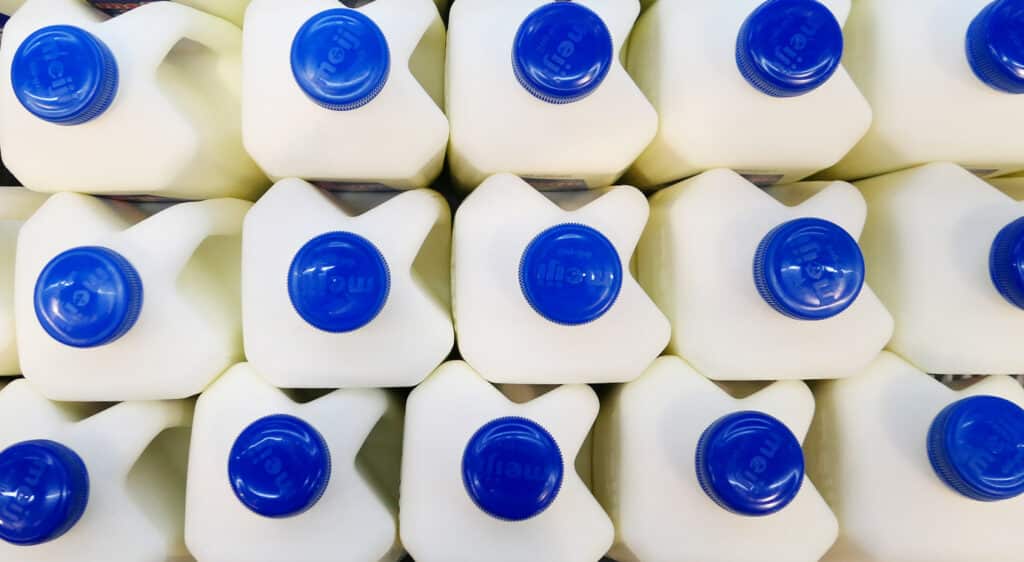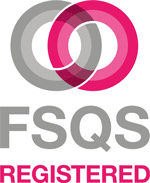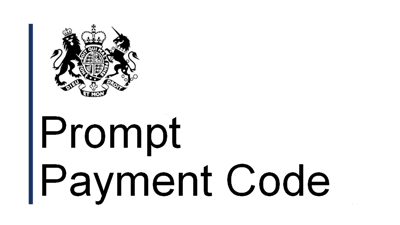If you thought food safety was just about avoiding the odd recall or ensuring your dinner hadn’t been on a world tour before reaching your plate, think again. Manufacturing is under siege from all angles—climate change, supply chain disruption and, perhaps most frustratingly, misinformation-fuelled consumer panic.
Case in point: Bovaer, a methane-suppressing cow feed additive that should have been a quiet win for both sustainability and the dairy industry. Instead, thanks to a disproportionate misinformation spiral, it led to milk being thrown away in a display of moral outrage.
Bovaer: ‘Moo-dern Problems’ - The Milk Misinformation Meltdown
Bovaer was designed to cut methane emissions from dairy cows by up to 30%.[1] With the pressure to make agriculture greener, this sounded like a solid step forward. Regulatory bodies such as the Food Standards Agency (FSA), European Food Safety Authority (EFSA) and other scientific committees rigorously tested and approved it for use.[2] Scientists backed it, environmentalists gave cautious nods and farmers saw a practical way to meet climate goals.
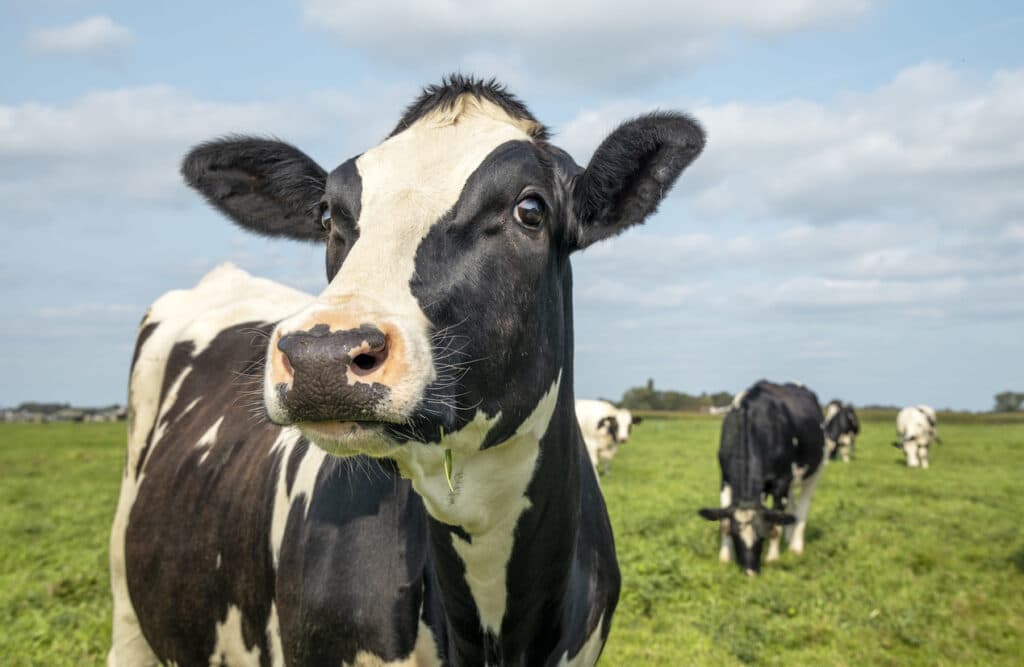
A win-win all round?
But wait, in a masterclass in viral misinformation, some consumers became convinced that Bovaer was a dangerous chemical tainting their milk. Cue online outrage, panic buying of ‘untainted’ alternatives and, bizarrely, milk being thrown away.
So how did we get here? The misinformation spread through a combination of social media alarmism, misunderstanding of food science and general mistrust of ‘additives’.
Misinformation: The Gift That Keeps on Taking
Of course, this isn’t the first time the public has been whipped into a frenzy over dubious claims or industry burnt by misinformation. And it won’t be the last. The internet loves a scandal and, once a half-truth takes hold, it’s often difficult to prevent the spread…unless you’ve got great crisis communications!
The same applies with consumer products. Consider the arsenic-in-tampons debacle.[3] A social media post suggesting highly toxic arsenic was lurking in menstrual products, sparking panic, despite there being no credible evidence. The result? A lot of unnecessary anxiety, misplaced consumer distrust, and a crash course in just how quickly bad science can go viral.
An infamous “McDonald’s Chicken Nugget Goo” incident[4] originated from a photo of industrial pink slime (actually mechanically separated chicken) led to outrage over something that wasn’t even real.
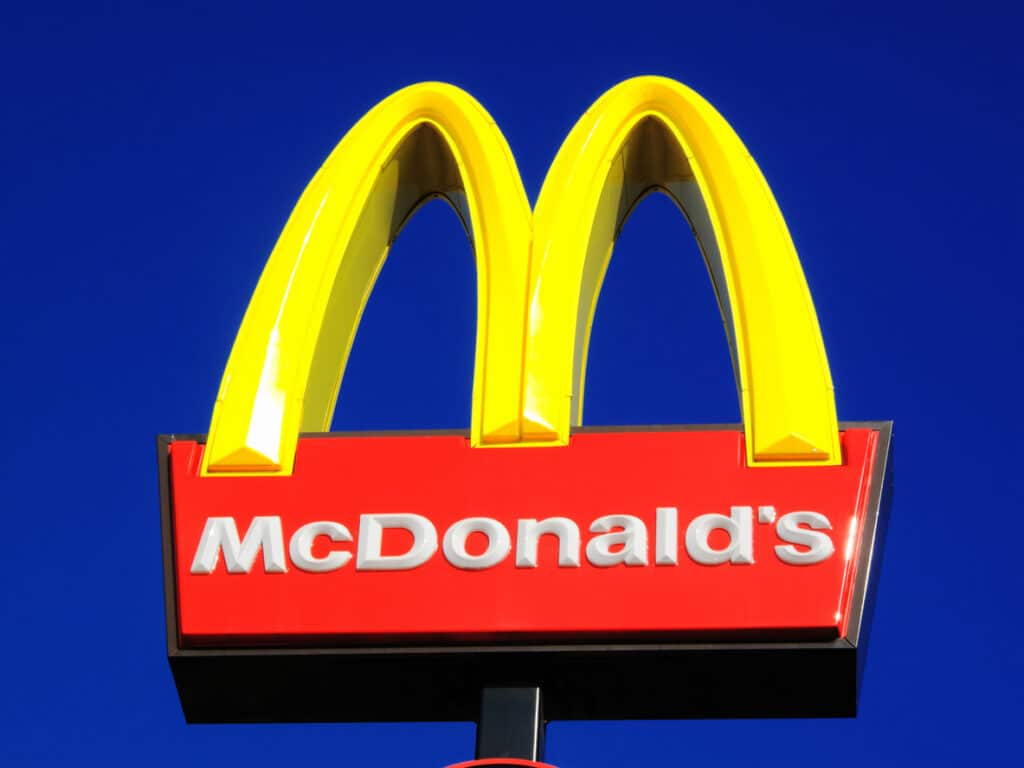
McDonald’s went into full PR crisis mode to convince the public they weren’t serving chemically enhanced Play-Doh. They recorded a video showing the entire chicken nugget manufacturing process to provide confidence to consumers. They even broadcast it as an advert during the Canadian broadcast of the Superbowl! This is known as “extreme transparency”, when you want to act hard against untruths or fake news and you have visual facts to back you up.
The Real-World Impact
The problem with misinformation storms isn’t just the short-term hysteria; it’s the long-term damage to brands and businesses. Farmers and food producers spend decades building trust, ensuring safety and meeting rigorous regulatory standards—only for one misleading social media post to potentially undo it all overnight.
More worryingly, knee-jerk reactions from consumers can create real risks. When people started rejecting vaccines based on false claims, preventable diseases such as polio, tetanus, measles and diphtheria could make a comeback.[5] When shoppers panicked over genetically modified organisms (GMOs), sustainable food solutions were stalled despite overwhelming evidence proving their safety.[6]
So when a methane-reducing cow feed got unfairly demonised, the drive for more climate-friendly agriculture took an unnecessary hit. According to the Food and Agriculture Organization (FAO), agricultural methane emissions account for roughly 40% of global methane output.[7] Bovaer was designed to address this challenge, yet consumer panic might slow its adoption – potentially worsening the very problem it aimed to fix.
Balancing Act: Science, Trust and Good PR
So how do we tackle misinformation without adding fuel to the fire? It’s a tricky balance. Science communication needs to be clear, accessible and—let’s be honest—a little less dry. The food industry can’t afford to ignore public concerns, but it also can’t be at the mercy of every social media panic.
The key is transparency, early engagement, a strong communications and PR strategy, plus a willingness to call out false information when needed. Monitoring and acting on misinformation in social media channels that may influence others is tedious but necessary! It’s where stories are picked up by traditional media outlets too! Your pro-active communications strategy and if needed, your crisis comms plan should reinforce this and help tell you what to do.

Food and consumer goods professionals have to be proactive in shaping narratives before misinformation takes hold. Because once the public decides that your milk is poisoned, your chicken is made of sludge, or your tampons are laced with arsenic, you’re in for a long battle. The media just loves a scandalous headline that sells papers and generates clickbait.
Regulatory bodies and manufacturing businesses need to find ways to engage with consumers in a meaningful, relatable way. Dry reports and complex white papers aren’t going to cut it in the age of viral misinformation. Instead, using clear, engaging content, backed by experts (ideally in bite-sized, shareable formats) can help prevent future misinformation waves before they even start. Essentially fight the fake news in the same channels where the misinformation germinates.
- Ensure you have a robust communications strategy that considers all stakeholders and all relevant social and traditional channels.
- Develop and test your crisis communications plans
- Be pro-active, but also ready to react – despite all your efforts, you may find yourself behind the curve playing catch up. Be prepared!
So the next time you hear a claim that sounds too scandalous to be true—pause, check the facts, and maybe… just maybe… don’t throw away perfectly good cow’s milk.
[1] Bovaer cow feed additive explained – Food Standards Agency
[2] Safety and efficacy of a feed additive consisting of 3‐nitrooxypropanol (Bovaer® 10) for ruminants for milk production and reproduction (DSM Nutritional Products Ltd) | EFSA
[3] Lead, arsenic and other toxic metals found in tampons, study says | Science, Climate & Tech News | Sky News
[4] McDonald’s Shows How Its McNuggets Are Made: No ‘Pink Slime’
[5] Risk of vaccine-preventable disease outbreaks at 30-year high, PAHO Director says – World | ReliefWeb
[6] Study: Eliminating GMOs would take toll on environment, economies – News – Purdue University
[7] New FAO report on methane emissions takes center stage at Global Conference |Livestock Environmental Assessment and Performance (LEAP) Partnership|FAO
